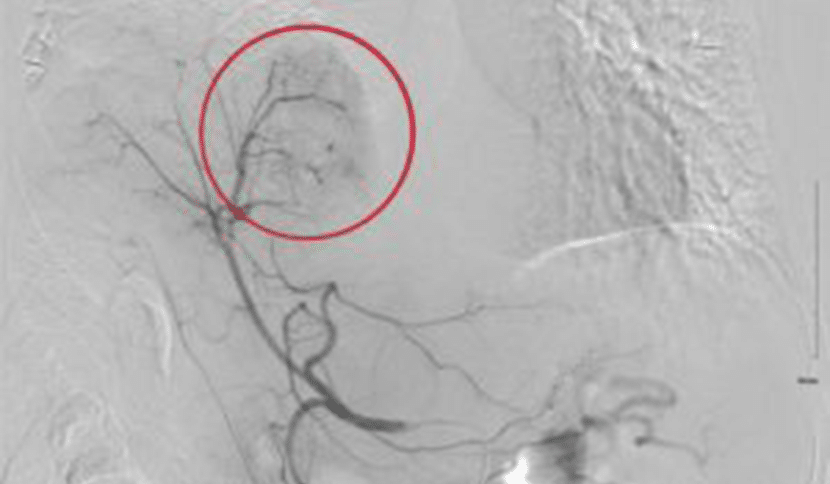About interventional radiology
Interventional radiology, also called IR, reaches the source of a medical problem by carefully guiding a tiny catheter through blood vessels or a small incision in the skin. Through these catheters, we deliver therapies to a targeted area, such as a cancer or tumor, while minimizing effects to the surrounding normal tissues.
As interventional radiology physicians, we have revolutionized how medicine is practiced today. We are with the patient doing the procedure and are intimately involved in their care. Our therapies and treatments are often used as an adjunct to surgery, aiding in a safer open operation, yet many times we can step in front of the knife and spare many patients open surgery.
Many know what radiology is—imaging methods such as X-ray, CT and MRI. Those are scans that let us see what is going on inside the body. What interventional radiology does is use those techniques in real time to guide treatments.
The story of a liver tumor
A specific example below is an MRI of a middle-aged man with cirrhosis of the liver. He has developed a liver tumor (hepatocellular carcinoma) that is visible on the middle-left side of the screen (red circle). This tumor is inoperable in the traditional sense but with IR we can target the lesion. Using an angiogram, we guide a catheter through blood vessels directly to the tumor where we can deliver a precise treatment, minimizing the effect on the surrounding tissue.
In this second image, you can see the catheter in the lower part of the picture being guided through blood vessels to the tumor (red circle).
In this image, an injectable substance plus a special CT imaging technique has been used to make the vessels around the tumor very visible. Using the catheter, the treatment, in this case tiny microbeads with chemotherapy attached, will be deposited directly into the tumor vessels and will work to reduce or eliminate the tumor.
And, finally, in this image, the treatment agent is visible as a darker mass inside the tumor. The agent has been deposited only in the tumor and will have less effect to the surrounding tissue and systemic circulation.
In the next set of scans, we see the before and after MRI scans. The outcome of this case was great — the tumor had a complete response to the chemo treatment!
This procedure is just one of many IR procedures that ARA interventional radiologists do many times a day. Other common procedures include varicose vein ablation, a number of focused cancer treatments, uterine fibroid treatment, aneurysm treatments and much more. Come see what we are about and join the revolution. Discover more about interventional radiology.
For more on interventional radiology treatments:
Uterine Fibroid Embolization
Varicose and Spider Vein Treatment
